As an abstract artist, I have always been fascinated by the power of movement within my creations. The ability to capture the essence of motion and translate it onto a static canvas is an exhilarating challenge. In this blog post, I would like to delve into the intricate relationship between abstract art and the concept of movement. Join me on this artistic journey as we explore how movement breathes life into abstract compositions and unlocks a new realm of expression.
Above: "This Side of Home" (click here to view).
Defying conventional boundaries
Abstract art is a genre that revels in breaking free from traditional boundaries and embracing the fluidity of the imagination. It allows the artist to transcend the limitations of representing the physical world and instead focuses on capturing emotions, thoughts, and intangible elements. In this context, movement becomes a powerful tool for expressing the dynamic nature of human experiences.
Above: "Tell it to Me Again" (click here to view).
The illusion of motion
Motion, in the context of abstract art, can be represented in various ways. Through the strategic use of lines, shapes, and colors, artists can create a visual illusion that suggests movement. Lines may twist, curve, or intersect, giving the impression of energy and flow. Shapes may overlap or appear to be in constant transformation, conveying a sense of transformation and change. Colors, too, can be employed to evoke movement, with vibrant hues suggesting intensity and swift transitions.
Above: "Fear of Heights" (click here to view).
Gestural abstraction
One of the most captivating forms of movement in abstract art can be found in gestural abstraction. This style emphasizes the artist's physicality, capturing the dynamic process of creation through bold, sweeping brushstrokes or energetic mark-making. Each brushstroke is infused with the artist's energy, translating their movements and emotions onto the canvas. The resulting artwork becomes a testament to the artist's expressive gestures and a visual representation of their movement through space and time.
Above: "Funshine" (click here to view).
Embracing chaos and order
Movement within abstract art is not confined to the representation of physical motion. It can also explore the interplay between chaos and order. The juxtaposition of chaotic elements, such as spontaneous splatters or irregular shapes, with more structured elements creates a sense of tension and movement within the artwork. This dynamic relationship between chaos and order mirrors the complexities of life itself, where movement is not always predictable or linear.
Above: "SoCal 06" (click here to view).
The viewer's engagement
Viewers are encouraged to actively engage with abstract artwork, enticing out their interpretations and emotional responses. When movement is incorporated into abstract compositions, it sparks curiosity and invites the viewer to explore the artwork from various angles. The eye is drawn along the lines and shapes, creating a sense of exploration and discovery. The viewer becomes an active participant in the dance of movement within the artwork, forging their own connections and narratives.
Above: "No Second Thoughts" (click here to view).
Abstract art offers a captivating platform to explore the concept of movement and its transformative power. By embracing movement, abstract artists can convey emotions, ideas, and the essence of the human experience in ways that go beyond the limitations of realistic representation. The interplay between chaos and order, the illusion of motion, and the viewer's engagement all contribute to the vibrancy and dynamism of abstract artworks. As an abstract artist, I continue to be inspired by the infinite possibilities of movement and the profound impact it has on the creation and appreciation of abstract art.

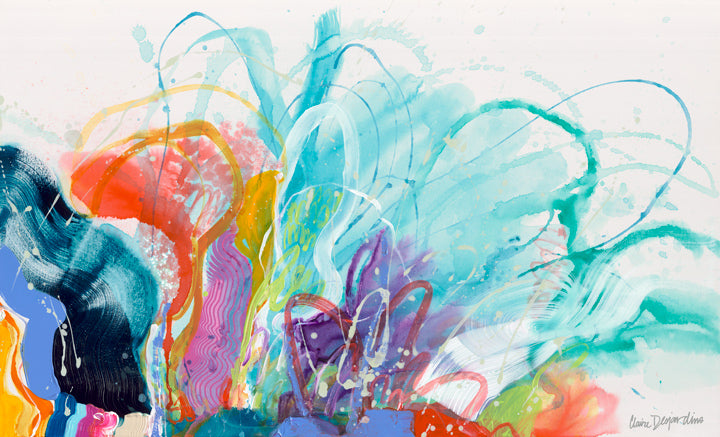
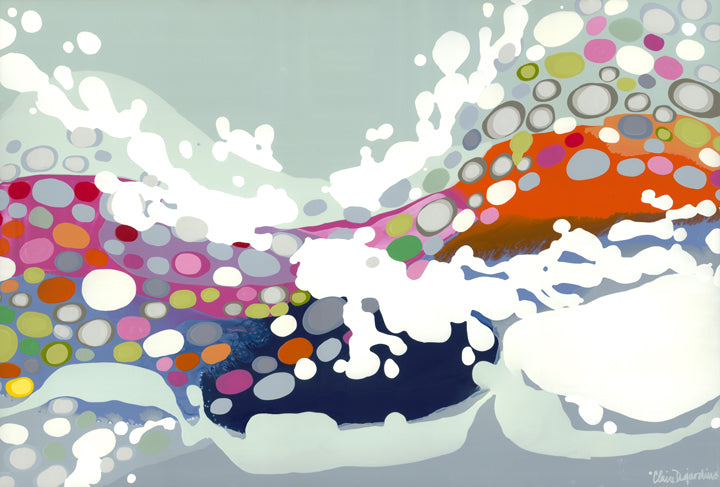
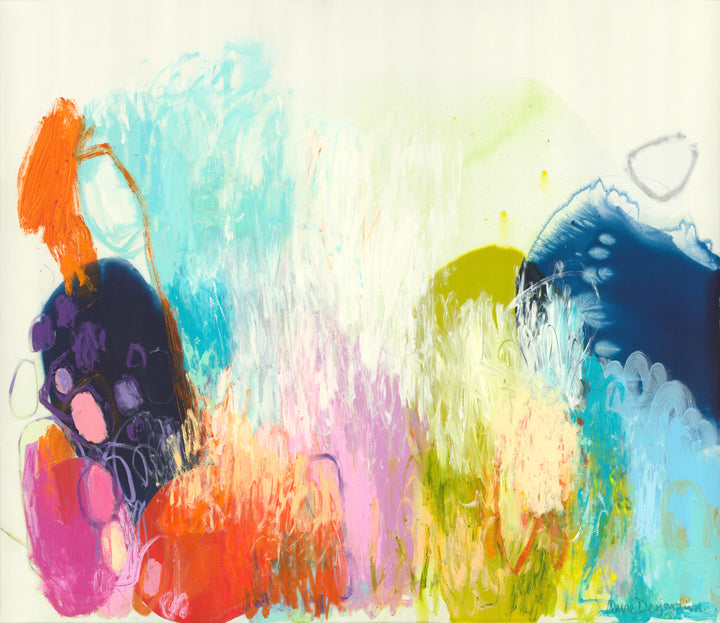

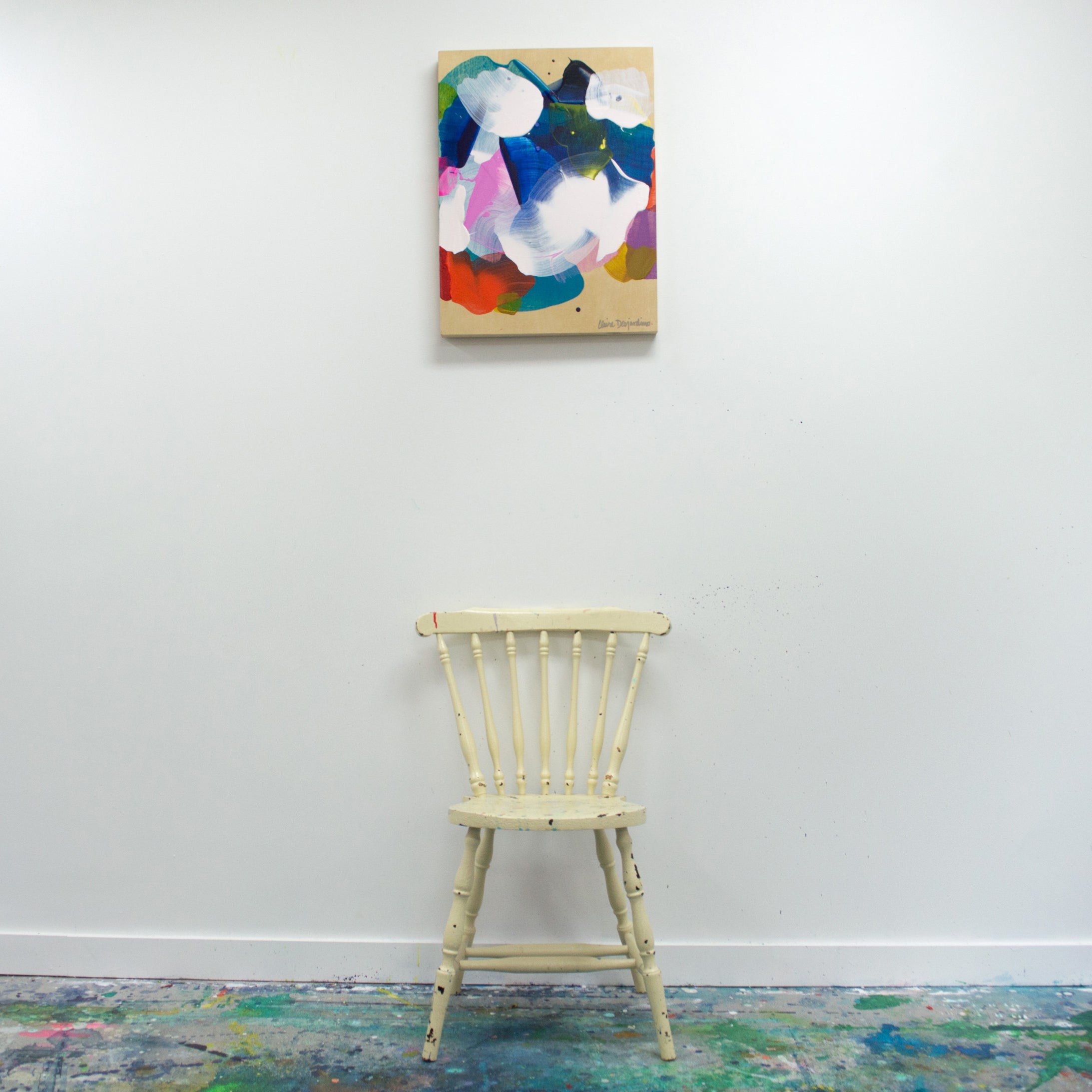
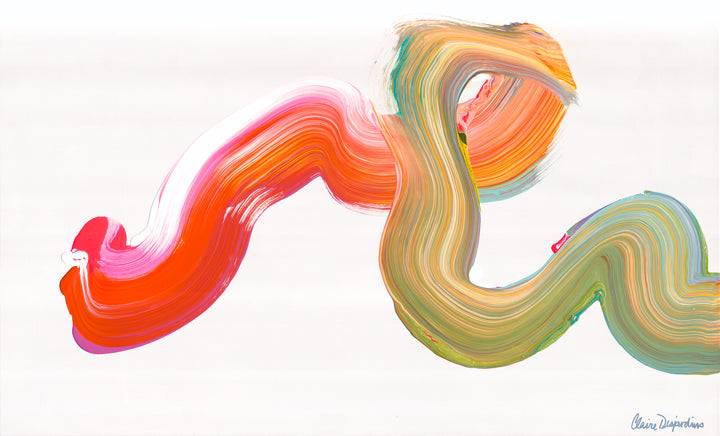
1 comment
Love your work and all the fun colors💓